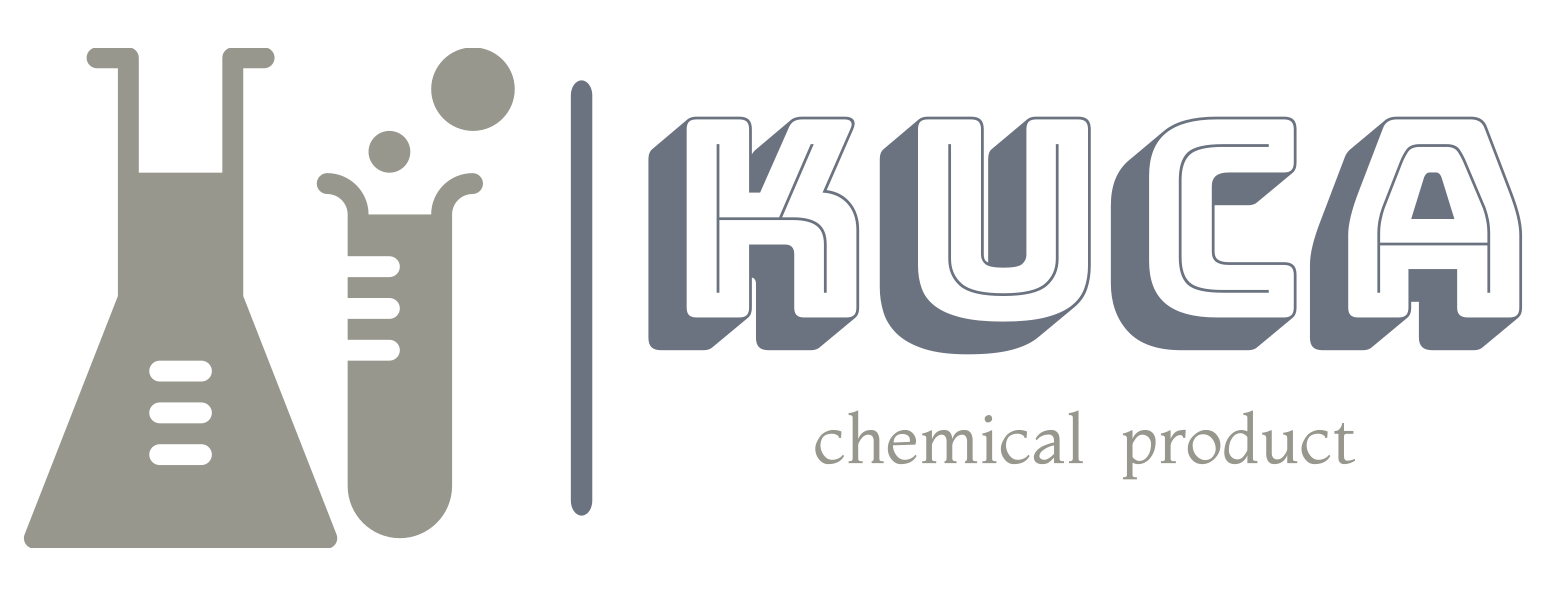N-Methyl-2-Pyrrolidone (NMP) is a colorless or light yellow transparent liquid, with a chemical formula of C5H9NO. It is a polar aprotic solvent that is commonly used in various industrial applications such as petrochemicals, agrochemicals, pharmaceuticals, and electronics. The high solvency power and low volatility of NMP make it an excellent solvent, particularly for high molecular weight polymers and organic synthesis reactions.
Applications of N-Methyl-2-Pyrrolidone
1. Petrochemical Industry NMP is used in the petrochemical industry as a high-quality solvent for oil and gas extraction. It is used as a solvent to extract butadiene from crude C4 hydrocarbons, which are ineffective in other extraction processes.
2. Agrochemical Industry NMP is used in the agrochemical industry as a solvent for pesticides and herbicides. It is used to dissolve and formulate various active ingredients and is also used in the production of insecticides and fungicides.
3. Pharmaceutical Industry NMP is used in the pharmaceutical industry as a solvent for many active ingredients used in drug formulations. It is also used as a reaction medium for the synthesis of drugs.
4. Electronic Industry NMP is used in the electronics industry as a photoresist stripper, etchant, and cleaning solvent. It is an essential component in the manufacture of semiconductors, flat displays, and printed circuit boards.
5. Other Applications NMP is also used in many other industrial applications, including adhesives, coatings, printing inks, and lithium-ion batteries.
Health and Safety Considerations
NMP has potential health risks if not handled correctly. It is listed as a reproductive toxin and can also irritate the skin, eyes, and respiratory tract. Therefore, it should be handled with care, and proper protective measures, such as gloves and masks, should be used when working with it. The use of NMP is regulated by various government agencies, including the Environmental Protection Agency (EPA) and the Occupational Safety and Health Administration (OSHA), and its use should always follow guidelines and regulations in the respective countries.





Hi, this is a comment.
To get started with moderating, editing, and deleting comments, please visit the Comments screen in the dashboard.
Commenter avatars come from Gravatar.